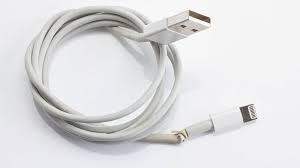Television plays a pivotal role in the lives of many people, offering a diverse range of content and information; therefore, experiencing TV signal issues that disrupt your viewing experience can be an annoying occurrence. To resolve these problems effectively, it is essential to distinguish between reception issues and interference, as each has distinct causes and requires specific solutions.
Reception issues
Reception issues tend to manifest as continuous problems. They may be attributed to various factors, including setup faults, external obstructions, weather conditions, and transmitter malfunctions. Setup faults often involve loose cables, improper tuning or malfunctioning aerials, which can lead to poor reception quality.
For information on TV aerial repair Stroud, contact a specialist such as steveunettaerials.co.uk/our-services/aerial-services/tv-aerial-repair/tv-aerial-repair-stroud/.
External factors can also impact reception. If there are obstructions, such as trees blocking the line of sight between your aerial and the transmitter, it can disrupt your TV signal. Certain weather conditions, such as heavy rain, can temporarily affect reception.
Interference
In contrast, interference issues typically exhibit a distinct pattern and may occur at the same time daily. Interference arises when unwanted signals disrupt your desired broadcast, making your TV signal erratic. The sources of interference can vary significantly and include thermostats, faulty lights or LED lamps, taxis, and passing traffic. The Radio & Television Investigation Service (RTIS) has more information to help you understand whether the issue is reception or interference.
Thermostats in your home can develop a fault that disrupts your reception briefly. This is usually caused by electric sparks, which your television may pick up, blocking the signal for a very short duration. Similarly, low-voltage LED lamps can be culprits for interference. The more lamps switched on simultaneously, the worse the problem becomes. In addition, fluorescent lights or street lights can cause problems when they develop faults, leading to TV picture break-up or radio signal breakthrough.
Resolving TV signal problems, whether they are reception or interference issues, necessitates identifying the source of the problem. Understanding the distinct causes and targeted solutions for each type of problem is vital for enjoying uninterrupted and high-quality TV viewing in your home.















+ There are no comments
Add yours